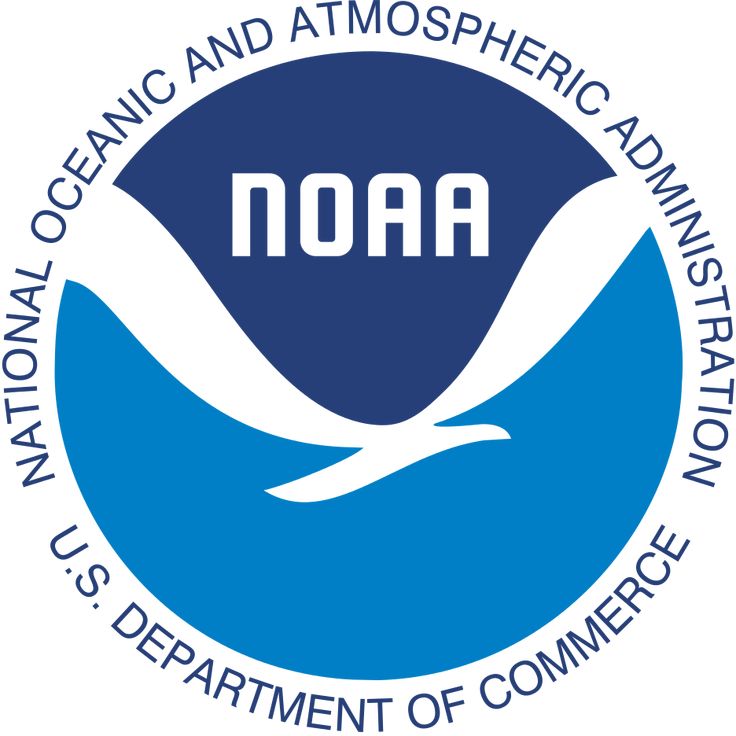“NOAA’ Ocean Secrets: Diving into Marine Research and Discovery”
NOAA’s Role in Ocean Exploration
NOAA Office of Ocean Exploration and Research is the only U.S. federal program dedicated exclusively to deep-sea exploration. Its mission is to fill critical gaps in our understanding of the marine environment, particularly in the U.S. Exclusive Economic Zone (EEZ) and deep-sea areas.
NOAA Oceans are vital to global ecosystems, affecting climate, food security, and economic activities, yet less than 25% of the ocean floor has been mapped in high resolution. NOAA addresses this problem by conducting expeditions that collect data on physical, chemical, and biological ocean characteristics, making discoveries that inform science, policy, and resource management.
The agency’s work enhances our ability to protect ocean health, sustainably manage marine resources, and strengthen national security by mapping uncharted territories.
Scientific Discovery and Exploration
NOAA’s ocean exploration focuses on uncovering the unknown through rigorous scientific methods. Expeditions often involve multidisciplinary teams that study diverse aspects of the ocean, including its biology, geology, chemistry, and archaeology.
For example, NOAA has discovered new species, such as bioluminescent deep-sea shrimp and glass sponges, and identified unique ecosystems like deep-sea coral reefs and methane seeps. These findings expand our knowledge of marine biodiversity and the adaptations that allow life to thrive in extreme conditions, such as high pressure and low light.
Exploration also involves documenting shipwrecks, like the well-preserved 19th-century wooden-hulled ship in the Gulf of Mexico, which provides insights into maritime history. By prioritizing poorly understood areas, NOAA’s work sets the stage for future research and informs conservation strategies.
Advanced Technologies in Marine Research
NOAA uses cutting-edge equipment to explore the ocean depths. Remotely operated vehicles (ROVs) such as Deep Discoverer are able to dive to 6,000 meters, capture high definition video and collect samples, allowing for real-time observation of the deep-sea environment.
Multibeam sonar systems create detailed maps of the ocean floor, revealing features such as seamounts and canyons. Techniques such as environmental DNA (eDNA) analysis help identify marine life through genetic material in water samples, while telepresence allows scientists around the world to participate in expeditions through live-streamed data.
These innovations make exploration systematic and non-invasive, expanding our ability to study remote areas without disturbing delicate ecosystems. NOAA integration of artificial intelligence and machine learning further accelerates data analysis, increasing the efficiency of ocean research.
Collaborative Partnerships
Collaboration is a key pillar of NOAA’s success. The agency partners with academic institutions, private organizations, and other government agencies to leverage expertise and resources. For example, expeditions with the Ocean Exploration Trust and the Schmidt Ocean Institute combine NOAA capabilities with outside innovations, such as a laser divert deployed in 2023 to study deep waters around Kingsman Reef. Programs like the Bristlemouth Pioneer Initiative promote technological advancement by supporting ocean innovators. These partnerships amplify NOAA’s impact, enabling discoveries like the largest deep-sea coral reef habitat off the U.S. southeastern coast, which spans 6.4 million acres. By working across sectors, NOAA ensures that exploration benefits all stakeholders, from scientists to policymakers.
Data Accessibility and Public Engagement
NOAA prioritizes making its data publicly available to maximize its impact. Through platforms such as the NOAA Ocean Exploration Video Portal and the Deep Ocean Education Project, the agency shares videos, dive summaries, and educational resources.
Live-streamed ROV dives, such as those from the NOAA Ship Okeanos Explorer, allow a global audience to view discoveries in real time. This transparency promotes ocean literacy and inspires the next generation of explorers.
NOAA’s educational initiatives, including the Explorer-in-Training program and Teacher at Sea, provide students and teachers with hands-on opportunities to engage with marine science, ensuring that discoveries translate into broader societal benefits.
Applications and Broader Impacts
NOAA’s discoveries have far-reaching implications. Biologically, they reveal potential sources for medical treatments, such as compounds from deep-sea organisms. Geologically, mapping seamounts and gas seeps informs our understanding of tectonic processes and resource potential. Culturally, the discovery of shipwrecks preserves marine heritage.
Environmentally, NOAA’s data supports conservation efforts, such as protecting coral reefs threatened by rising ocean temperatures. Economically, exploration strengthens industries such as fisheries and biotechnology by identifying sustainable resources. By addressing climate change, ocean health, and national security, NOAA’s work underscores the ocean’s vital role in global systems.
Share this content:




Post Comment